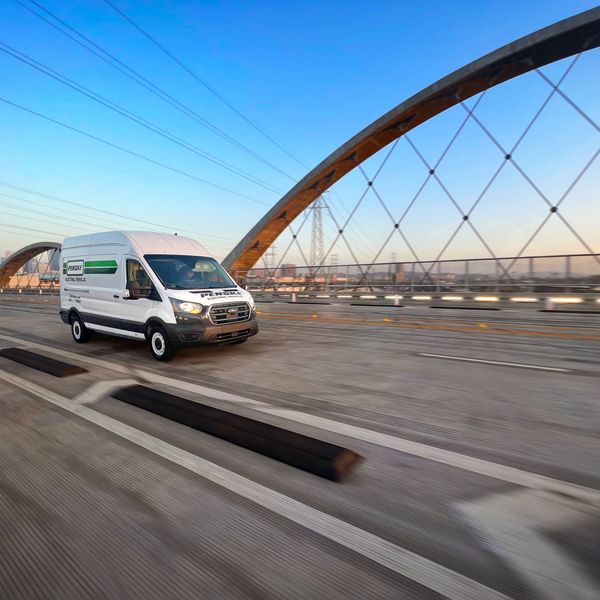Battery Electric Vehicle Adoption Continues To Increase

Battery electric vehicle adoption has surged, as 2023 sales nearly doubled 2022's delivery volume, with more than 26,000 buses, trucks and vans delivered. "The State of Sustainable Fleets 2024 Market Brief" found that deliveries of Class 8 battery electric tractors grew six-fold, from more than 100 to nearly 700 units. Other sectors, including trucks and vans, also experienced significant growth.
"Many of the world's largest, most progressive companies are working over the next 10 to 20 years to get to net carbon zero. That means transformation and scale is going to happen," said Erik Neandross, CEO of Gladstein, Neandross and Associates, which produces the report. "As technology gets better, cheaper and more reliable, and market competition becomes more widespread, there is no going back."
The report also found that demand is growing outside of California. However, California's regulations drive adoption, with a significant amount of Zero-Emission Vehicle (ZEV) adoption taking place in states that have adopted California's Advanced Clean Trucks (ACT) rule. California's Advanced Clean Fleet rule is expected to drive up medium- and heavy-duty ZEV purchases in the state starting this year as fleets operating box trucks, vans and two-axle buses prepare to meet upcoming milestones.

Infrastructure is one of the gating issues for electrification, and fleets are looking for a complete solution, including charging options, when adopting battery electric vehicles. Earlier this year, Penske Transportation Solutions and ForeFront formed a new joint venture, Penske Energy, to help commercial fleet operators plan, design and deploy EV charging infrastructure capabilities.
Penske Energy can help fleets assess vehicle and route feasibility, find incentive opportunities, and design and source EV charging infrastructure. When considering EV solutions, fleets must identify what makes sense in their routes and with the available grad capacity in specific areas.
"The State of Sustainable Fleets 2024 Market Brief" found that many fleets start with shorter, return-to-base operations, particularly if their depots and operations allow slower, less powerful on-site charging. Another ideal entry point is with yard tractors that remain on site.
Neandross said adoption will continue to grow. Nearly all fleets taking part in the survey that have adopted battery-electric vehicle technology (90%) said they plan to add more of the vehicles to their fleet during the next two years.
Plus, the private sector, governments and end users are increasing their investments in sustainable solutions. "We also have this increase in regulations and policies that are trying to make sure we get to these goals," Neandross said while speaking during ACT Expo.
